Wildlife photography is more than just documenting animals, it’s about revealing their personality, emotions, and connection to their environment. A compelling intimate wildlife portrait does more than showcase an animal; it draws viewers in and tells a story. Here’s how you can create intimate wildlife portraits that leave a lasting impact.
1. Focus on the Eyes to Create an Emotional Connection
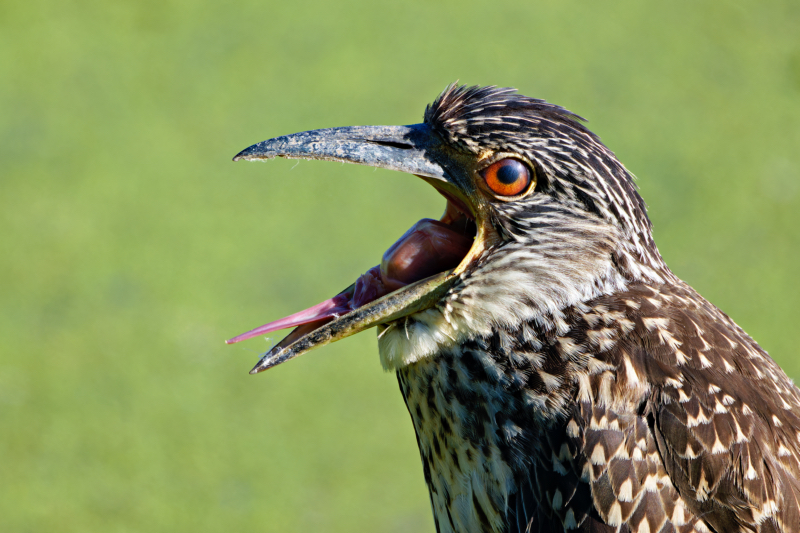
The eyes are the most expressive part of any intimate wildlife portrait, creating an immediate emotional bond with the viewer.
- Use single-point autofocus (AF-S or AF-C) to ensure sharpness in the eyes.
- Position yourself at eye level with the subject for a more personal and engaging composition.
- Wait for catchlights (natural reflections in the eyes) to bring life and vibrancy to the portrait.
2. Use a Shallow Depth of Field for Subject Isolation
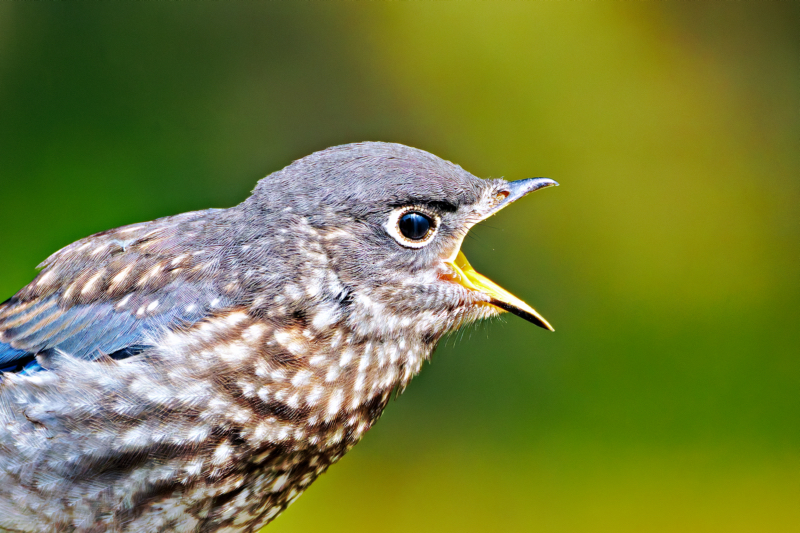
A blurred background ensures that the subject remains the focal point, allowing their expression to take center stage in intimate wildlife portraits.
- Shoot with a wide aperture (f/2.8 – f/5.6) to create a soft, dreamy background.
- Increase the distance between the subject and background to maximize blur.
- Utilize a telephoto lens (300mm or more) to compress the scene and add depth.
3. Capture Natural Behavior and Expressions in Intimate Wildlife Portraits
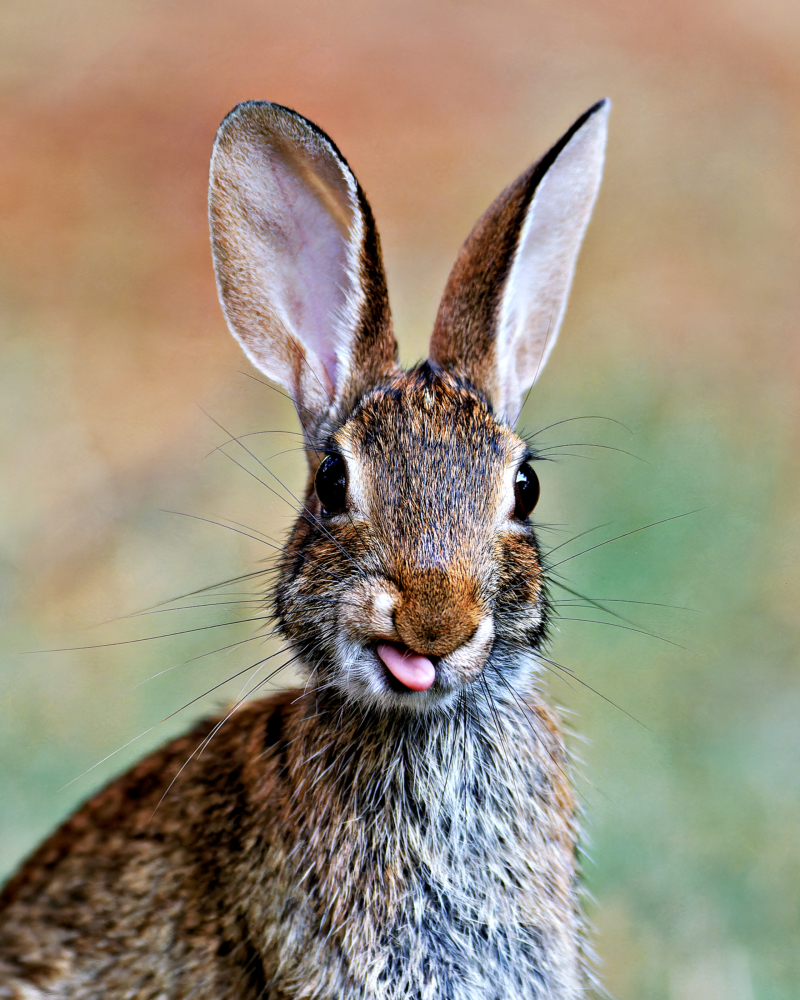
A compelling intimate wildlife portrait goes beyond appearance, it tells a story through the subject’s behavior and emotions.
- Observe the subject patiently, waiting for natural moments like yawning, grooming, or stretching.
- Avoid forcing interactions; let the animal’s natural actions unfold organically.
- Be patient, sometimes the best expressions emerge after prolonged observation.
4. Utilize Lighting to Enhance Mood and Detail in Wildlife Portraits
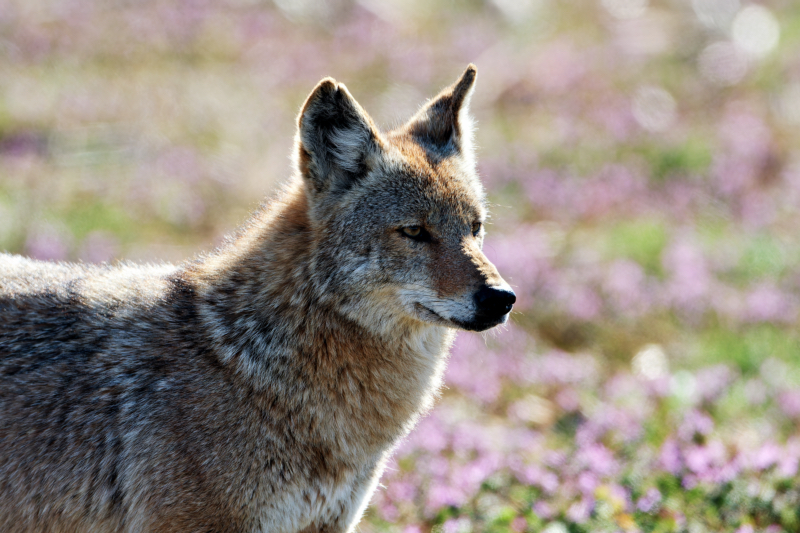
Lighting plays a vital role in setting the mood and bringing out intricate details in intimate wildlife portraits.
- Shoot during golden hour (early morning or late afternoon) for soft, warm tones that enhance texture.
- Use backlighting to highlight fur, feathers, or whiskers, creating a glowing rim effect.
- Overcast skies provide diffused, even lighting, reducing harsh shadows and revealing subtle details.
5. Frame the Subject Creatively for Stunning Intimate Wildlife Portraits
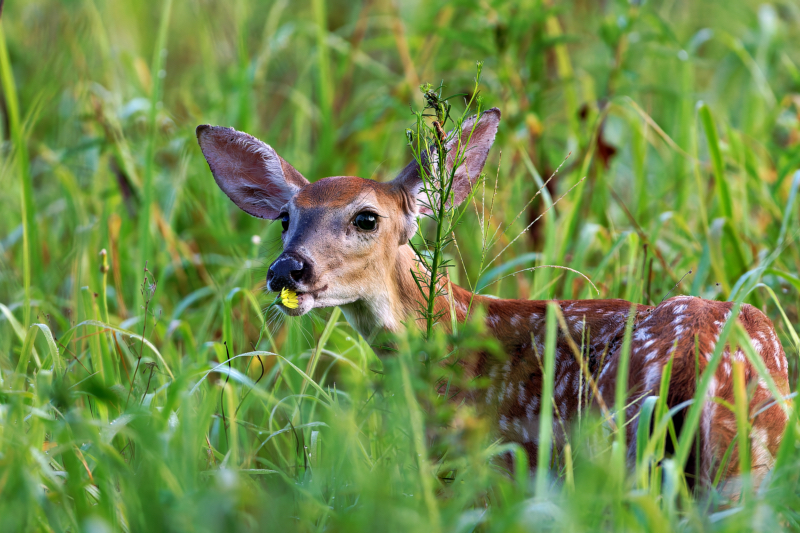
Composition is key in elevating intimate wildlife portraits into compelling storytelling images.
- Use natural frames, such as branches or tall grass, to lead the viewer’s eye to the subject.
- Apply the rule of thirds to create a balanced and dynamic composition.
- While close-ups are powerful, consider including some environmental elements for context.
6. Minimize Distractions for Cleaner Portraits
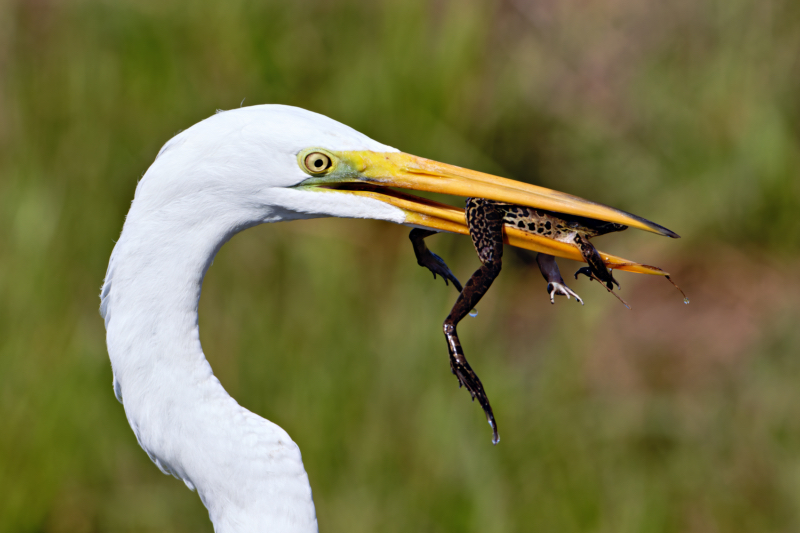
A clean background ensures that nothing detracts from the subject, making intimate wildlife portraits more visually impactful.
- Choose simple backgrounds that complement rather than compete with the subject.
- Ensure color harmony so that background tones enhance rather than overpower the subject.
- Adjust your angle or depth of field to eliminate unwanted elements in the frame.
7. Thoughtful Editing to Refine the Story
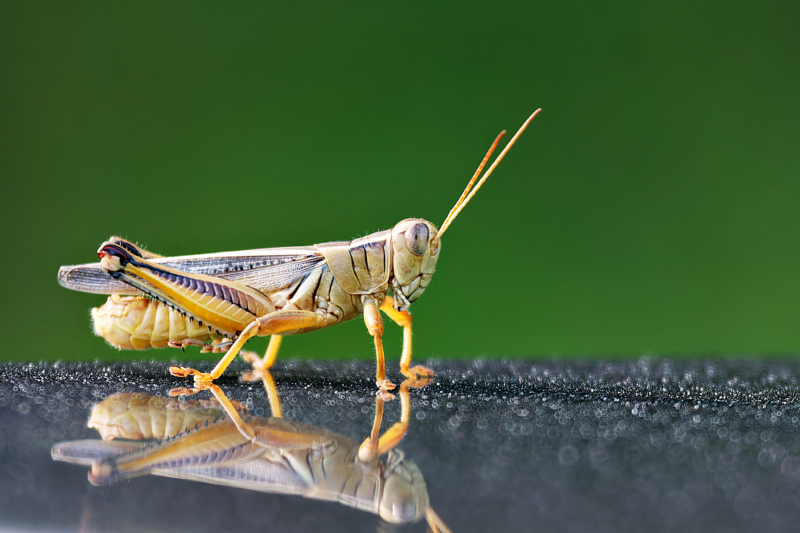
Post-processing can enhance an image and direct the viewer’s attention more effectively in intimate wildlife portraits.
- Adjust contrast and sharpness to bring out textures in fur, feathers, and skin.
- Use selective dodging and burning to subtly highlight focal points.
- Maintain natural colors, avoid excessive saturation for a realistic, true-to-life image.
Final Thoughts
A truly intimate wildlife portrait captures more than just technical precision, it conveys emotion, behavior, and a deep connection to nature. By focusing on the eyes, controlling depth of field, leveraging natural light, and composing with intent, you can create intimate wildlife portraits that resonate with viewers and tell a compelling story.
Next Topic: “The Importance of Fieldcraft in Wildlife Photography: How to Get Closer Without Disturbing Your Subject.” Stay tuned!
